Illustration for Children's Book Covers
Course final project
A course by Manuela Montoya Escobar , Illustrator and art director
Joined March 2016
About the final project for: Illustration for Children's Book Covers
Illustration of covers for children's books
“We have reached the end of the course, thank you very much for joining me and I hope you had as much fun as I did. Take your time and enjoy each step of the process, my goal is to motivate you to create your own stories, characters and projects and continue your journey now that you have new tools. Now, I'll go over the steps to create your final project. Creative process The first will be the idea so if you are still not very clear about what or how your character will be, you can use the creative method of combining words. What I like about this method is that it opens up possibilities for you by randomly associating words and ideas. Make a synopsis of the story, it includes: beginning, middle and a possible end. The story is key for the next steps, here you will define what is the context of your character and what surrounds him, who he is, what he is like (physically and psychologically), what problems he has and how they will be solved. In this step you should also think about what the title will be. Reference and sketches I like to start by doing an observation exercise, drawing the animal I chose with a pencil and as similar to the reference as possible. This helps me to see details that perhaps were not in my imagination: the position and color of the eyes, the shape of the nose and ears, the type of hair, the shape of its legs and its tail, among others. .
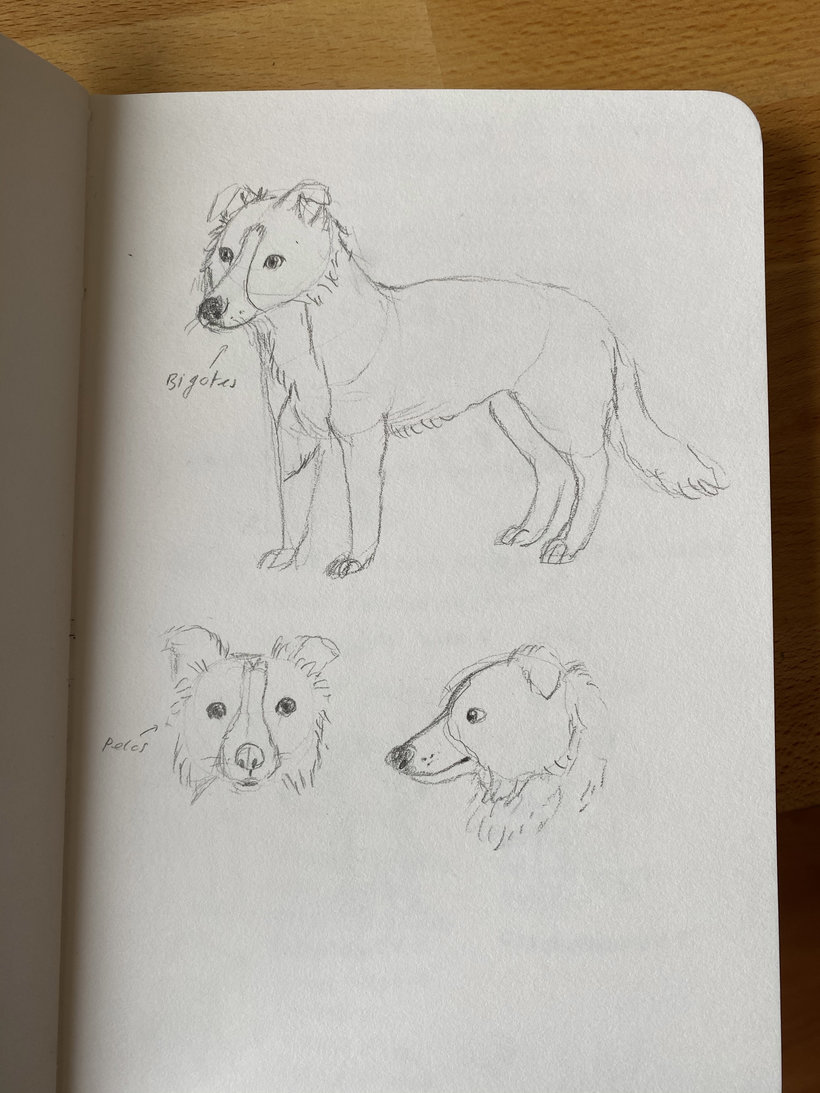
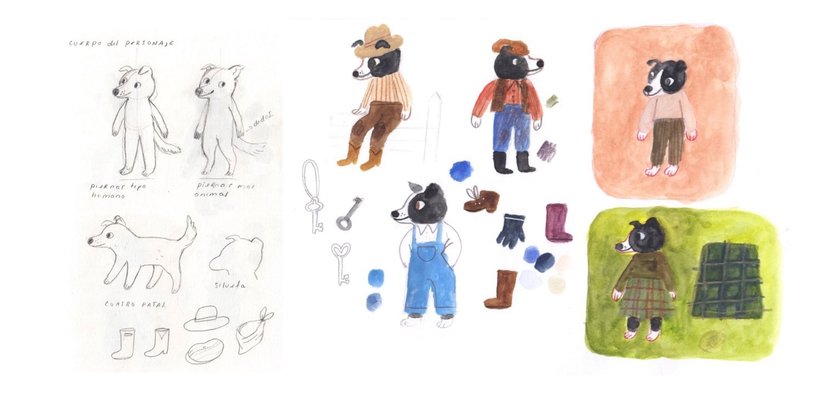
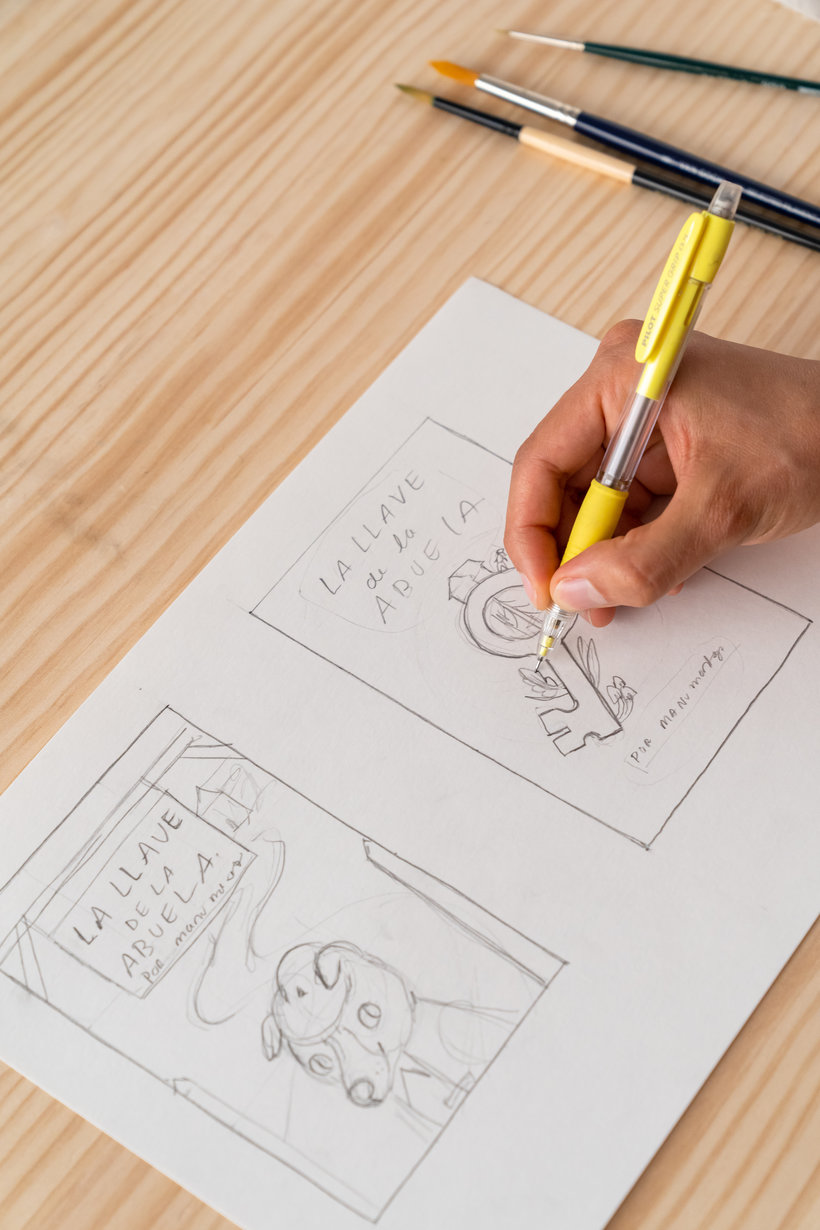

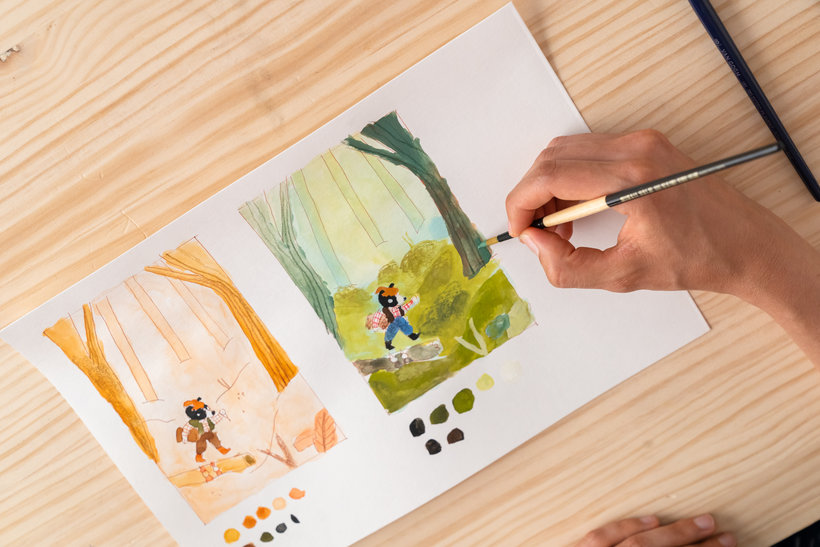
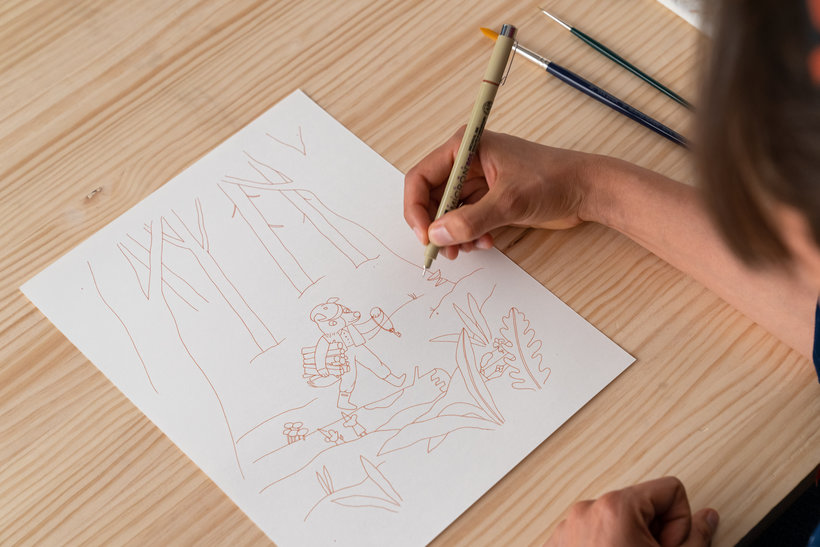
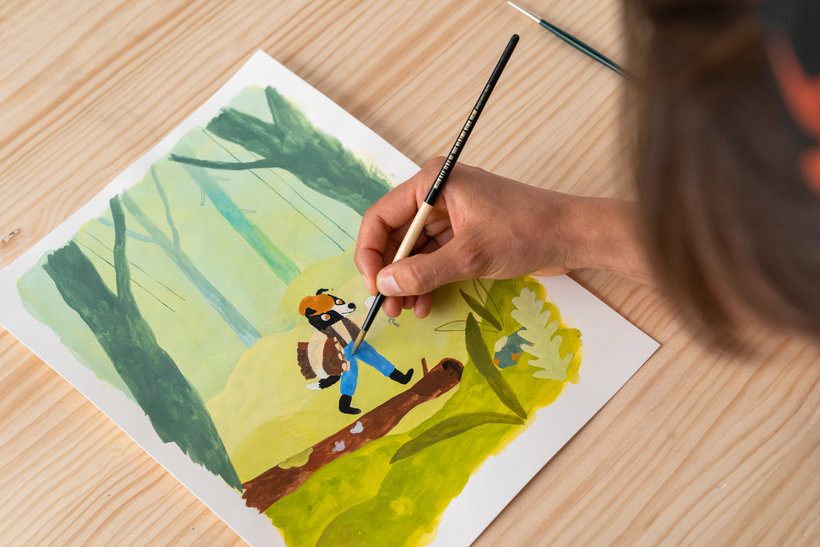


Partial transcription of the video
“Final Project In this video, we’ll go over the final project. Even though I did my project with a dog in the mountains, you should try other ideas. It could be a tiger in the city or an aviator armadillo. The idea is to keep exploring and, with the techniques I taught you, to create your own worlds. Remember that the first thing you should do is your brief. The idea is first. The rest of your processes will flow from that. Take all the time you need, do your brainstorming, and let your creativity run free because this is the basis for the story. Then we’ll design our character. Remember to ...”
This transcript is automatically generated, so it may contain mistakes.
Course summary for: Illustration for Children's Book Covers
-
Category
Illustration -
Software
Adobe Photoshop, Procreate -
Areas
Children's Illustration, Drawing, Editorial Illustration, Painting, Picturebook, Sketching, Traditional illustration, Watercolor Painting

Manuela Montoya Escobar
A course by Manuela Montoya Escobar
Manuela Montoya is an illustrator and art director. He studied advertising graphic communication at the University of Medellín (Colombia), his hometown, and later, he studied a master's degree in art direction at the Elisava school in Barcelona.
Throughout her career in the industry, she has worked in advertising agencies such as DDB and McCANN Worldgroup as a designer and illustrator. He has also illustrated books for publishers such as SM, Cruïlla, Penguin Random House, Usborne and Little Brown, among others.
- 98% positive reviews (131)
- 3,031 students
- 16 lessons (3h 14m)
- 16 additional resources (6 files)
- Online and at your own pace
- Available on the app
- Audio: Spanish
- Spanish · English · Portuguese · German · French · Italian · Polish · Dutch · Turkish · Romanian · Indonesian
- Level: Beginner
- Unlimited access forever
Category
Areas






